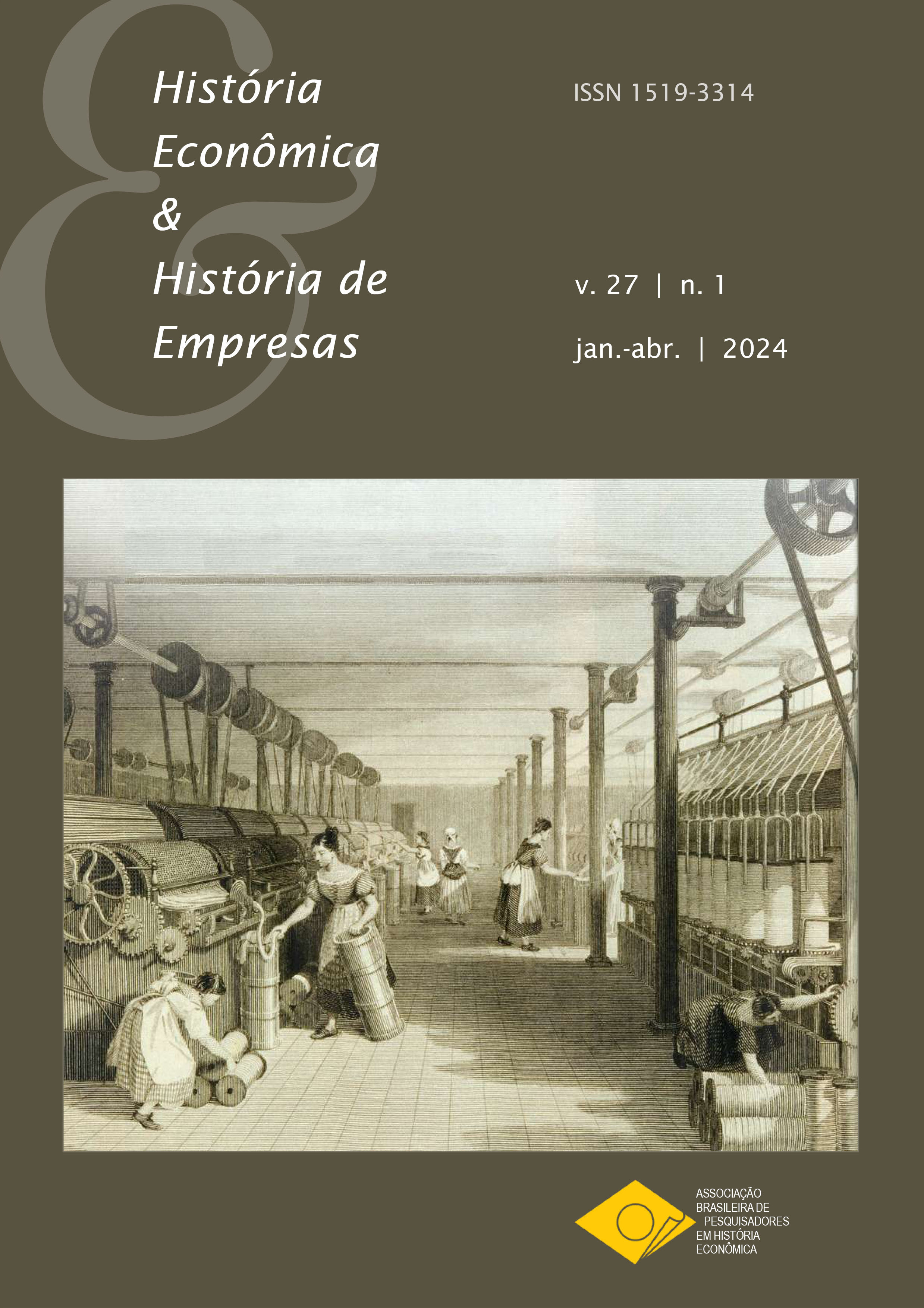An Oceanic River: The Atlantic and the Slave-Mercantile Frontier in Rio Grande, c. 1765-1810
DOI:
https://doi.org/10.29182/hehe.v27i1.917Abstract
This paper investigates the socioeconomic transformations in the province of Rio Grande de São Pedro, between 1765 and 1810. We utilized the data gathered in post-mortem inventories of slave owners to produce a series of enslaved people prices, as a way to critically observe the interdependency between the agrarian production of Rio Grande and the Atlantic market. We indicate the economic connection of the jerked beef circuits with the markets of Rio de Janeiro and Amsterdam, through the commodity chain of sugar, of which the salted meat was a part of, used as alimentation for the enslaved people who produced sugar in Portuguese America. Additionally, we tried to demonstrate the dynamics of the concentration of slave ownership and the intensification of the exploitation in the region, aiming to get a better comprehension of the conditions of the realization of value of the slave-mercantile capital in the commodity frontier of jerked beef.
Downloads
Downloads
Published
How to Cite
Issue
Section
License
Authors retain copyright over their work, granting the journal only the right to its first publication. In addition, they are authorized to enter into separate additional contracts for the version of the work published in this journal, provided that the initial publication in this journal is acknowledged.





